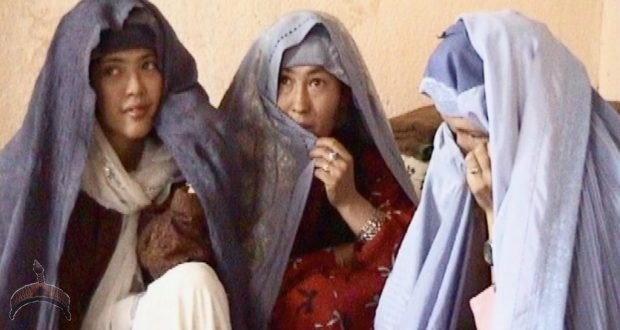by Pepe Escobar for Oodua via The Saker Blog and friends
Dear reader: this is very special, a trip down memory lane like no other: back to prehistoric times – the pre-9/11, pre-YouTube, pre-social network world.
Welcome to Taliban Afghanistan – Talibanistan – in the Year 2000. This is when photographer Jason Florio and myself slowly crossed it overland from east to west, from the Pakistani border at Torkham to the Iranian border at Islam qillah. As Afghan ONG workers acknowledged, we were the first Westerners to pull this off in years.
Those were the days. Bill Clinton was enjoying his last stretch at the White House. Osama bin Laden was a discreet guest of Mullah Omar – hitting the front pages only occasionally. There was no hint of 9/11, the invasion of Iraq, the “war on terror”, the perpetual financial crisis, the Russia-China strategic partnership. Globalization ruled, and the US was the undisputed global top dog. The Clinton administration and the Taliban were deep into Pipelineistan territory – arguing over the tortuous, proposed Trans-Afghan gas pipeline.
We tried everything, but we couldn’t even get a glimpse of Mullah Omar. Osama bin Laden was also nowhere to be seen. But we did experience Talibanistan in action, in close detail.
Today is a special day to revisit it. The Forever War in Afghanistan is over; from now on it will be a Hybrid mongrel, against the integration of Afghanistan into the New Silk Roads and Greater Eurasia.
In 2000 I wrote a Talibanistan road trip special for a Japanese political magazine, now extinct, and ten years later a 3-part mini-series revisiting it for Asia Times.
Part 2 of this series can be found here, and part 3 here.
Yet this particular essay – part 1 – had completely disappeared from the internet (that’s a long story): I found it recently, by accident, in a hard drive. The images come from the footage I shot at the time with a Sony mini-DV: I just received the file today from Paris.
This is a glimpse of a long-lost world; call it a historical register from a time when no one would even dream of a “Saigon moment” remixed – as a rebranded umbrella of warriors conveniently labeled “Taliban”, after biding their time, Pashtun-style, for two decades, praises Allah for eventually handing them victory over yet another foreign invader.
Now let’s hit the road.
KABUL, GHAZNI – Fatima, Maliha and Nouria, who I used to call The Three Graces, must be by now 40, 39 and 35 years old, respectively. In the year 2000 they lived in an empty, bombed house next to a bullet-ridden mosque in a half-destroyed, apocalyptic theme park Kabul – by then the world capital of the discarded container (or reconstituted by a missile and reconverted into a shop); a city where 70% of the population were refugees, legions of homeless kids carried bags of cash on their backs ($1 was worth more than 60,000 Afghanis) and sheep outnumbered rattling 1960s Mercedes buses.
Under the merciless Taliban theocracy, the Three Graces suffered triple discrimination – as women, Hazaras and Shi’ites. They lived in Kardechar, a neighborhood totally destroyed in the 1990s by the war between Commander Masoud, The Lion of the Panjshir, and the Hazaras (the descendants of mixed marriages between Genghis Khan’s Mongol warriors and Turkish and Tajik peoples) before the Taliban took power in 1996. The Hazaras were always the weakest link in the Tajik-Uzbek-Hazara alliance – supported by Iran, Russia and China – confronting the Taliban.
Every dejected Kabuli intellectual I had met invariably defined the Taliban as “an occupation force of religious fanatics” – their rural medievalism totally absurd for urban Tajiks, used to a tolerant form of Islam. According to a university professor, “their jihad is not against kafirs; it’s against other Muslims who follow Islam”.
I spent a long time talking to the Dari-speaking Three Graces inside their bombed-out home – with translation provided by their brother Aloyuz, who had spent a few years in Iran supporting the family long-distance. This simple fact in itself would assure that if caught, we would all be shot dead by the Taliban V & V – the notorious Department for the Promotion of Virtue and Prevention of Vice, the Taliban religious police.
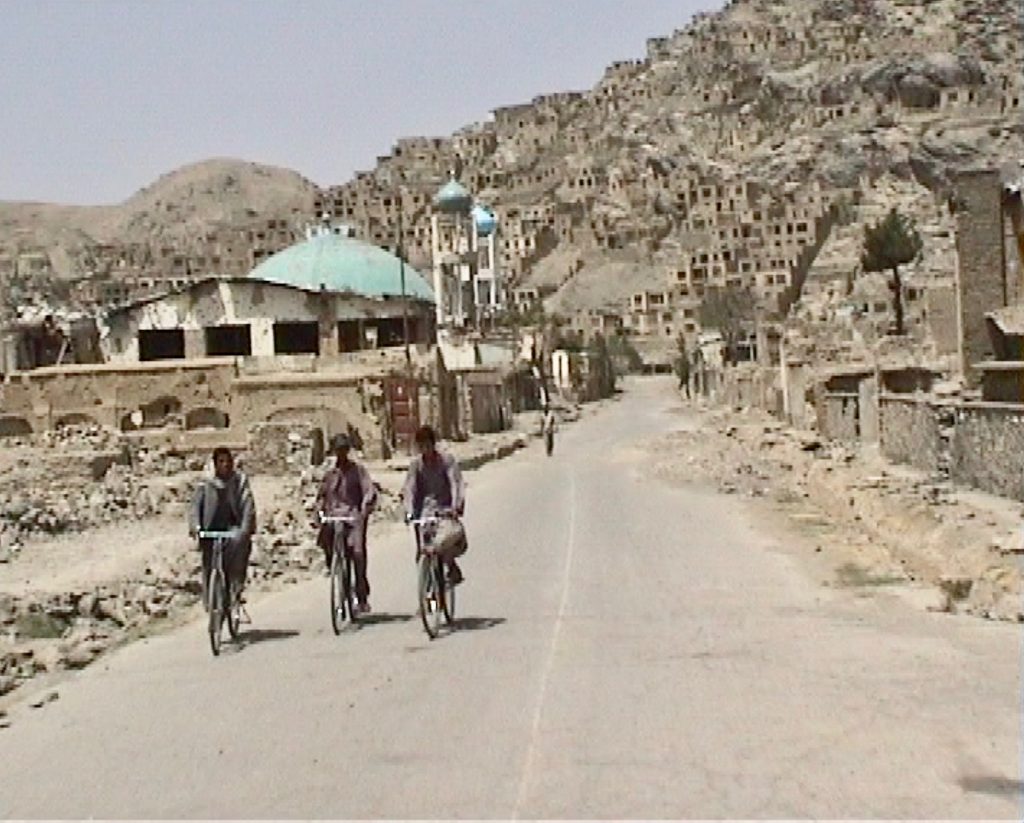
The Three Graces’ dream was to live “free, not under pressure”. They had never been to a restaurant, a bar or a cinema. Fatima liked “rock” music, which in her case meant Afghan singer Natasha. She said she “liked” the Taliban, but most of all she wanted to get back to school. They never mentioned any discrimination between Sunnis and Shi’ites; they actually wanted to leave for Pakistan.
Their definition of “human rights” included priority for education, the right to work, and to get a job in the state sector; Fatima and Maliha wanted to be doctors. Perhaps they are, today, in Hazara land; 21 years ago they spent their days weaving beautiful silk shawls.
Education was terminally forbidden for girls over 12. The literacy rate among women was only 4%. Outside the Three Graces’ house, almost every woman was a “widow of war”, enveloped in dusty light blue burqas, begging to support their children. Not only this was an unbearable humiliation in the context of an ultra-rigid Islamic society, it contradicted the Taliban obsession of preserving the “honor and purity” of their women.
Kabul’s population was then 2 million; less than 10%, concentrated in the periphery, supported the Taliban. True Kabulis regarded them as barbarians. For the Taliban, Kabul was more remote than Mars. Every day at sunset the Intercontinental Hotel, by then an archeological ruin, received an inevitable Taliban sightseeing group. They’d come to ride the lift (the only one in town) and walk around the empty swimming pool and tennis court. They’d be taking a break from cruising around town in their fleet of imported-from-Dubai Toyota Hi-Lux, complete with Islamic homilies painted in the windows, Kalashnikovs on show and little whips on hand to impose on the infidels the appropriate, Islamically correct, behavior. But at least the Three Graces were safe; they never left their bombed-out shelter.
Doubt is sin, debate is heresy
Few things were more thrilling in Talibanistan 21 years ago than to alight at Pul-e-Khisshti – the fabled Blue Mosque, the largest in Afghanistan – on a Friday afternoon after Jumma prayers and confront the One Thousand and One Nights assembled cast. Any image of this apotheosis of thousands of black or white-turbaned rustic warriors, kohl in their eyes and the requisite macho-sexy stare, would be all the rage on the cover of Uomo Vogue. To even think of taking a photo was anathema; the entrance to the mosque was always swarming with V & V informants.
Finally, in one of those eventful Friday afternoons, I managed to be introduced into the Holy Grail – the secluded quarters of maulvi (priest) Noor Muhamad Qureishi, by then the Taliban Prophet in Kabul. He had never exchanged views with a Westerner. It was certainly one of the most surrealist interviews of my life.
Qureishi, like all Taliban religious leaders, was educated in a Pakistani madrassa. At first, he was your typical hardcore deobandi; the deobandis, as the West would later find out, were an initially progressive movement born in India in the mid-19th century to revive Islamic values vis-à-vis the sprawling British Empire. But they soon derailed into megalomania, discrimination against women and Shi’ite-hatred.
Most of all, Quereishi was the quintessential product of a boom – the connection between the ISI and the Jamaat-e-Islami (JI) party during the 1980s anti-Soviet jihad, when thousands of madrassas were built in Pakistan’s Pashtun belt. Afghan refugees had the right to free education, a roof over their heads, three meals a day and military training. Their “educators” were semi-illiterate maulvis who had never known the reformist agenda of the original deobandi movement.
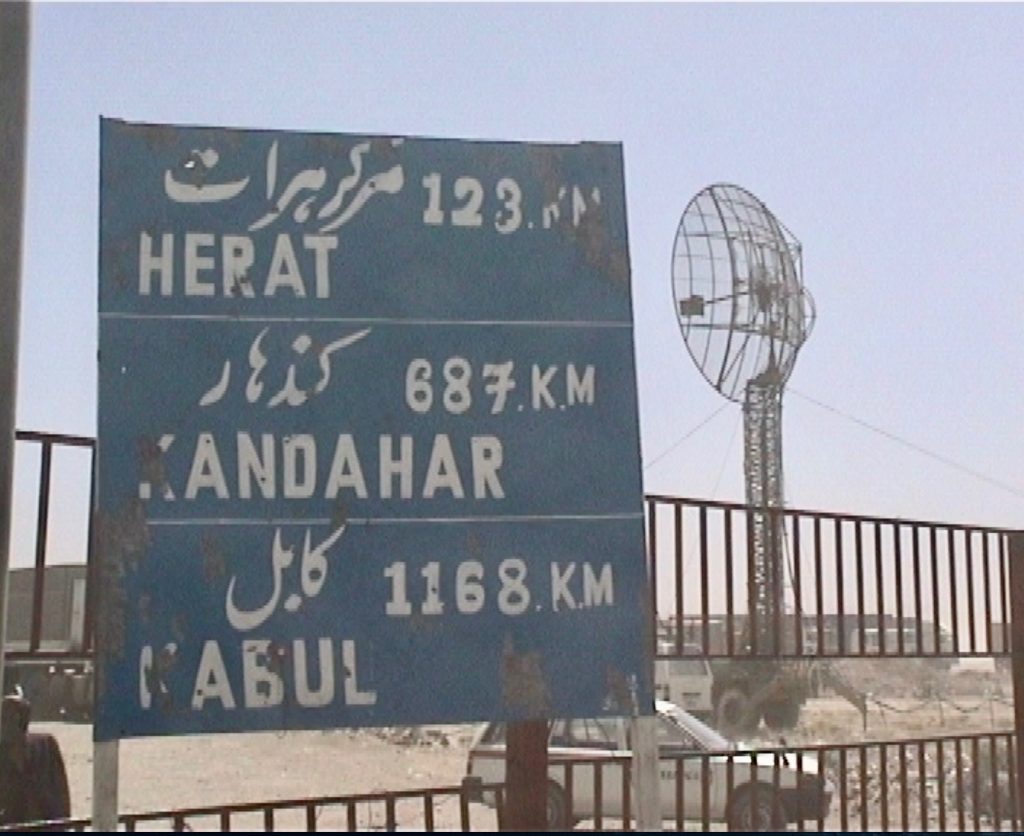
Reclined on a tattered cushion over one of the mosque’s ragged carpets, Qureishi laid down the deobandi law in Pashto for hours. Among other things he said the movement was “the most popular” because its ideologues dreamed that Prophet Muhammad ordered them to build a madrassa in Deoband, India. So this was Islam’s purest form “because it came directly from Muhammad”. Despite the formidable catalogue of Taliban atrocities, he insisted on their “purity”.
Qureishi dabbled on the inferiority of Hindus because of their sacred cows (“why not dogs, at least they are faithful to their owners”). As for Buddhism, it was positively depraved (“Buddha is an idol”). He would have had a multiple heart attack with Thailand’s Buddhist go-go girls, dancing topless at night and offering incense at the temple the morning after.
Doubt is sin. Debate is heresy. “The only true knowledge is the Koran”. He insisted that all “forms of modern scientific knowledge came from the Koran”. As an example, he quoted – what else – a Koranic verse (the Koran, by the way, in its neo-deobandi, Talibanized version, forbade women to write, and allowed education only up to 10 years old). I could not help being reminded of that 18th century French anonymous – a typical product of the Enlightenment – who had written the Treaty of the Three Impostors – Moses, Jesus and Muhammad; but if I tried to insert the European Enlightenment into (his) monologue I would probably be shot dead. Basically, Qureishi finally managed to convince me that all this religious shadow play was about proving that “my sect is purer than yours”.
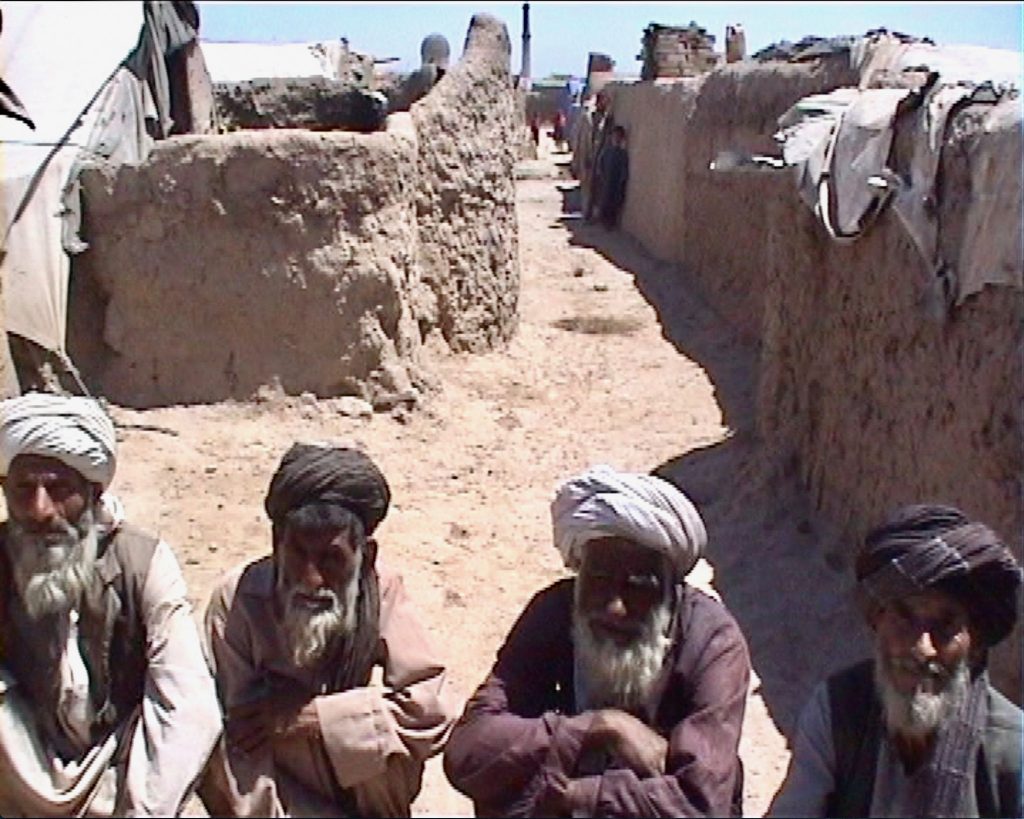
Play it again, infidel
Talibanistan lived under a strict Kalashnikov culture. But the supreme anti-Taliban lethal weapon was not a gun, or even a mortar or RPG. It was a camera. I knew inevitably that day would come, and it came on Kabul stadium, built by the former USSR to extol proletarian internationalism; another Friday, at 5 pm, the weekly soccer hour – the only form of entertainment absent from the Taliban’s Index Prohibitorum apart from public executions and mango ice cream.
Jason and me were lodged at the VIP tribune – less than 10 US cents for the ticket. The stadium was packed – but silent as a mosque. Two teams, the red and the blue, were playing the Islamically correct way – with extra skirts under their trunks. At half time the whole stadium – to the sound of “Allah Akbar” – run to pray by the pitch; those who didn’t were spanked or thrown in jail.
Jason had his cameras hanging from his neck but he was not using them. Yet that was more than enough for a hysteric V & V teenage informant. We are escorted out of the stands by a small army of smiling, homoerotic brotherhood, those who were then referred to as “soldiers of Allah”. Finally we are presented to a white-turbaned Talib with assassin’s eyes; he’s no one other than mullah Salimi, the vice-Minister of the religious police in Kabul – the reincarnation of The Great Inquisitor. We are finally escorted out of the stadium and thrown into a Hi-Lux, destination unknown. Suddenly we are more popular with the crowd than the soccer match itself.
At a Taliban “office” – a towel on the grass in front of a bombed-out building, decorated with a mute sat-phone – we are charged with espionage. Our backpacks are thoroughly searched. Salimi inspects two rolls of film from Jason’s cameras; no incriminating photo. It’s now the turn of my Sony mini-DV camera. We press “play”; Salimi recoils in horror. We explain nothing is recorded on the blue screen. What was really recorded – he just needed to press “rewind” – would be enough to send us to the gallows, including a lot of stuff with the Three Graces. Once again we noticed the Taliban badly needed not only art directors and PR agents but also info-tech whiz kids.
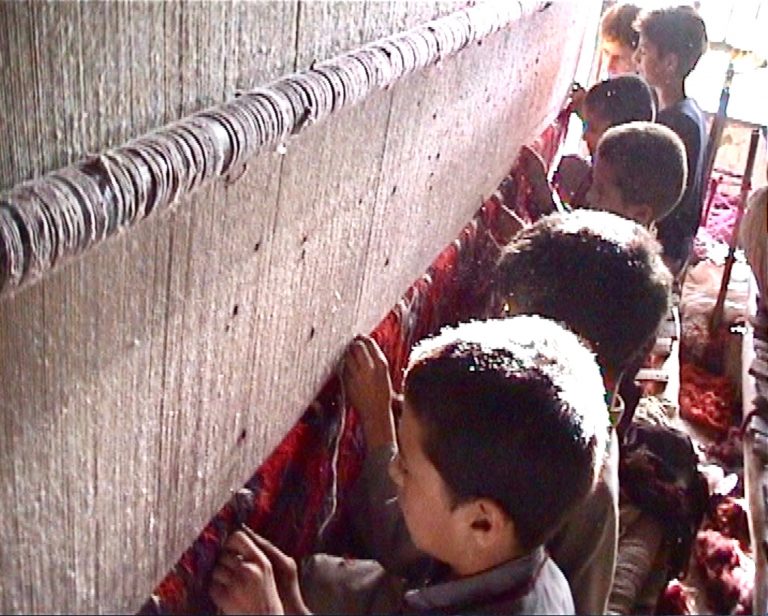
In Taliban anti-iconography, video, in theory, might be allowed, because the screen is a mirror. Anyway, later we would know from the lion’s mouth, that is, the Ministry of Information and Culture in Kandahar: TV and video would remain perpetually banned.
At that time, a few photo-studios survived near one of the Kabul bazaars – only churning out 3X4 photos for documents. The owners paid their bills renting their Xerox machines. The Zahir Photo Studio still had on its walls a collection of black and white and sepia photos of Kabul, Herat, minarets, nomads and caravans. Among Leicas, superb Speed Graphic 8 X 10 and dusty Russian panoramic cameras, Mr. Zahir would lament, “photography is dead in Afghanistan”. At least, that wouldn’t be for long.
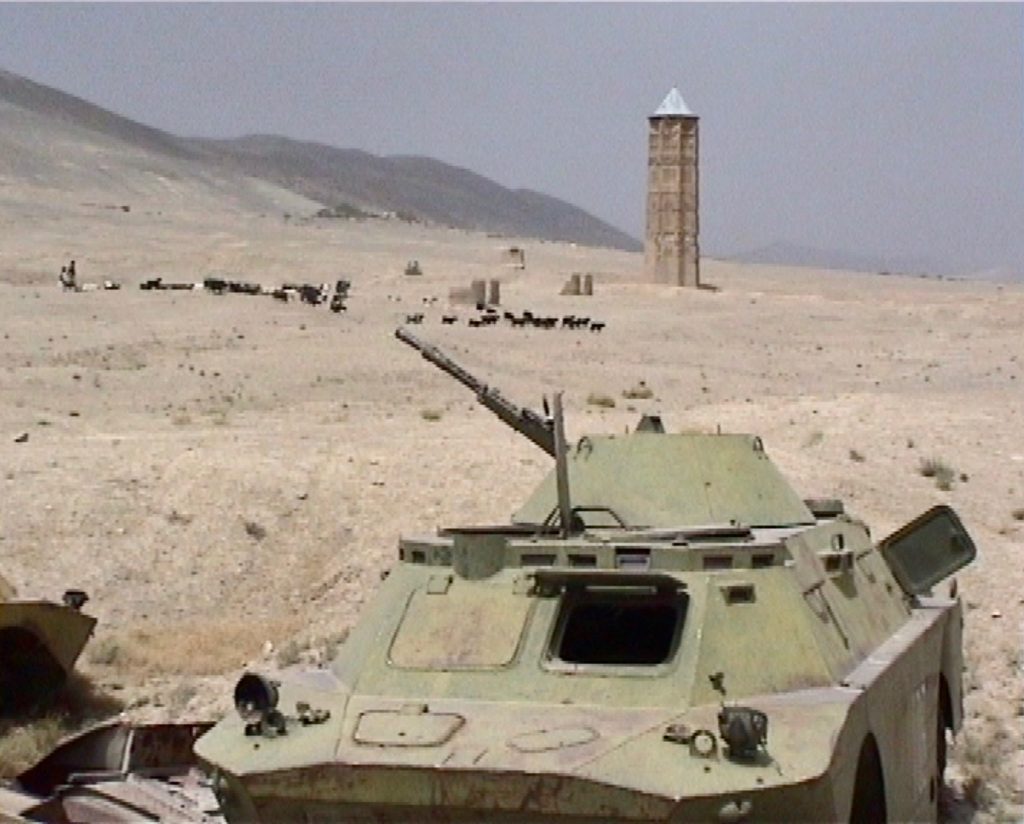
So after an interminable debate in Pashto with some Urdu and English thrown in, we are “liberated”. Some Taliban – but certainly not Salimi, still piercing us with his assassin’s eyes – try a formal apology, saying this is incompatible with the Pashtun code of hospitality. All tribal Pashtun – like the Taliban – follow the pashtunwali, the rigid code that emphasizes, among other things, hospitality, vengeance and a pious Islamic life. According to the code, it’s a council of elders that arbitrates specific disputes, applying a compendium of laws and punishments. Most cases involve murders, land disputes and trouble with women. For the Pashtun, the line between pashtunwali and Sharia was always fuzzy.
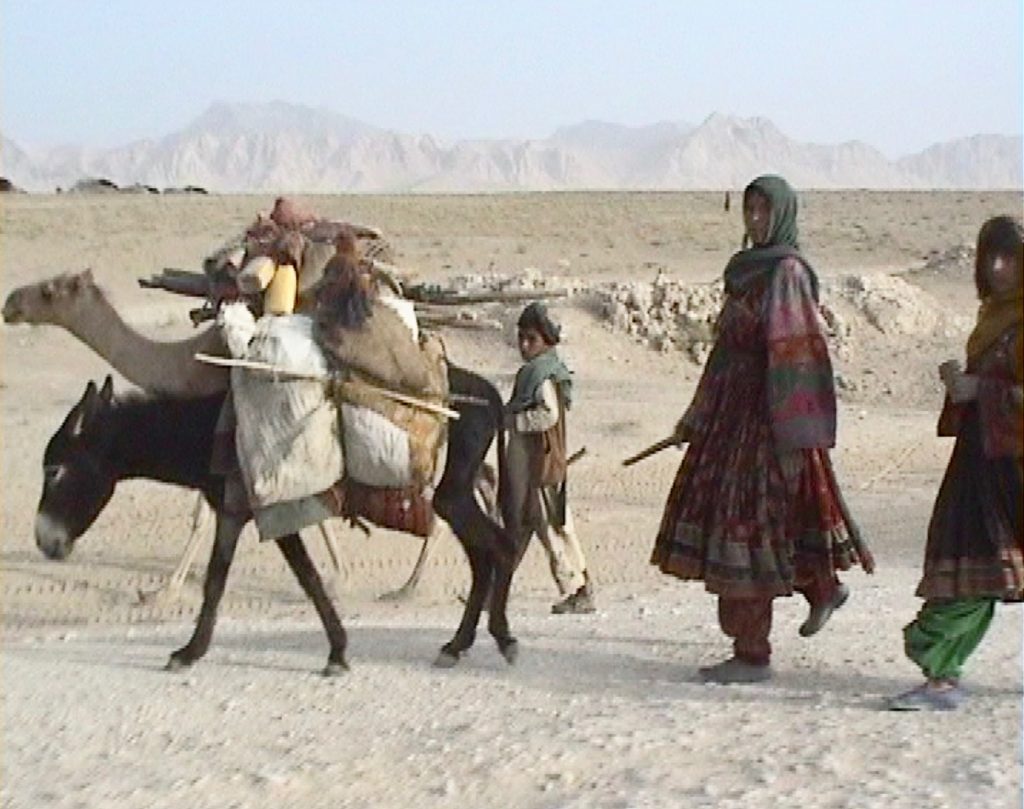
The V & V obviously was not a creation of Mullah Omar, the “Leader of the Faithful”; it was based on a Saudi Arabian original. In its heyday, in the second half of the 1990s, the V & V was a formidable intelligence agency – with informers infiltrated in the Army, ministries, hospitals, UN agencies, NGOs – evoking a bizarre memory of KHAD, the enormous intel agency of the 1980’s communist regime, during the anti-USSR jihad. The difference is that the V & V only answered to orders – issued on bits and pieces of paper – of Mullah Omar himself.
Rock the base
The verdict echoed like a dagger piercing the oppressive air of the desert near Ghazni. A 360-degree panoramic shot revealed a background of mountains where the mineral had expelled all the vegetal; the silhouette of two 11th century minarets; and a foreground of tanks, helicopters and rocket launchers. The verdict, issued in Pashto and mumbled by our scared official translator imposed by Kabul, was inexorable: “You will be denounced in a military court. The investigation will be long, six months; meanwhile you will await the decision in jail”.
Once again, we were being charged with espionage, but now this was the real deal. We could be executed with a shot on the back of the neck – Khmer Rouge style. Or stoned. Or thrown into a shallow grave and buried alive by a brick wall smashed by a tractor. Brilliant Taliban methods for the final solution were myriad. And to think this was all happening because of two minarets.
To walk over a supposedly mined field trying to reach two minarets was not exactly a brilliant idea in the first place. Red Army experts, during the 1980s, buried 12 million mines in Afghanistan. They diversified like crazy; more than 50 models, from Zimbabwe’s RAP-2s to Belgium’s NR-127s. UN officials had assured us that more than half the country was mined. Afghan officials at the Mine Detention Center in Herat, with their 50 highly trained German shepherds, would later tell us that it would take 22,000 years to demine the whole country.
My objects of desire in Ghazni were two “Towers of Victory”; two circular superstructures, isolated in the middle of the desert and built by the Sassanians as minarets – commemorative, not religious; there was never a mosque in the surroundings. In the mid-19th century scholars attributed the grand minaret to Mahmud, protector of Avicenna and the great Persian poet Ferdowsi. Today it is known that the small minaret dates from 1030, and the big one, from 1099. They are like two brick rockets pointing to the sheltering sky and claiming for the attention of those travelling the by then horrific Kabul-Kandahar highway, a Via Dolorosa of multinational flat tires – Russian, Chinese, Iranian.
The problem is that, 21 years ago, right adjacent to the minarets, there was an invisible Taliban military base. At first we could see only an enormous weapons depot. We asked a sentinel to take a few pictures; he agreed. Walking around the depot – between carcasses of Russian tanks and armored cars – we found some functioning artillery pieces. And a lone, white Taliban flag. And not a living soul. This did look like an abandoned depot. But then we hit on a destroyed Russian helicopter – a prodigy of conceptual art. Too late: soon we are intercepted by a Taliban out of nowhere.
The commander of the base wanted to know “under which law” we assumed we had the right to take photos. He wanted to know which was the punishment, “in our country”, for such an act. When the going was really getting tough, everything turned Monty Python. One of the Taliban had walked back to the road to fetch our driver, Fateh. They came back two hours later. The commander talked to Fateh in Pashto. And then we were “liberated”, out of “respect for Fateh’s white beard”. But we should “confess” to our crime – which we did right away, over and over again.
The fact of the matter is that we were freed because I was carrying a precious letter hand-signed by the all-powerful Samiul Haq, the leader of Haqqania, the factory-cum-academy, Harvard and M.I.T. of Taliban in Akhora Khatak, on the Grand Trunk Road between Islamabad and Peshawar in Pakistan. Legions of Taliban ministers, province governors, military commanders, judges and bureaucrats had studied in Haqqania.
Haqqania was founded in 1947 by deobandi religious scholar Abdul Haq, the father of maulvi and former senator Samiul Haq, a wily old hand fond of brothels and as engaging as a carpet vendor in the Peshawar bazaars. He was a key educator of the first detribalized, urbanized and literate Afghan generation; “literate”, of course, in Haqqania-branded, Deobandi-style Islam. In Haqqania – where I saw hundreds of students from Tajikistan, Uzbekistan and Kazakhstan indoctrinated to later export Talibanization to Central Asia – debate was heresy, the master was infallible and Samiul Haq was almost as perfect as Allah.
He had told me – no metaphor intended – that “Allah had chosen Mullah Omar to be the leader of the Taliban”. And he was sure that when the Islamic Revolution reached Pakistan, “it will be led by a unknown rising from the masses” – like Mullah Omar. At the time Haq was Omar’s consultant on international relations and Sharia-based decisions. He bundled up both Russia and the US as “enemies of our time”; blamed the US for the Afghan tragedy; but otherwise offered to hand over Osama bin Laden to the US if Bill Clinton guaranteed no interference in Afghan affairs.
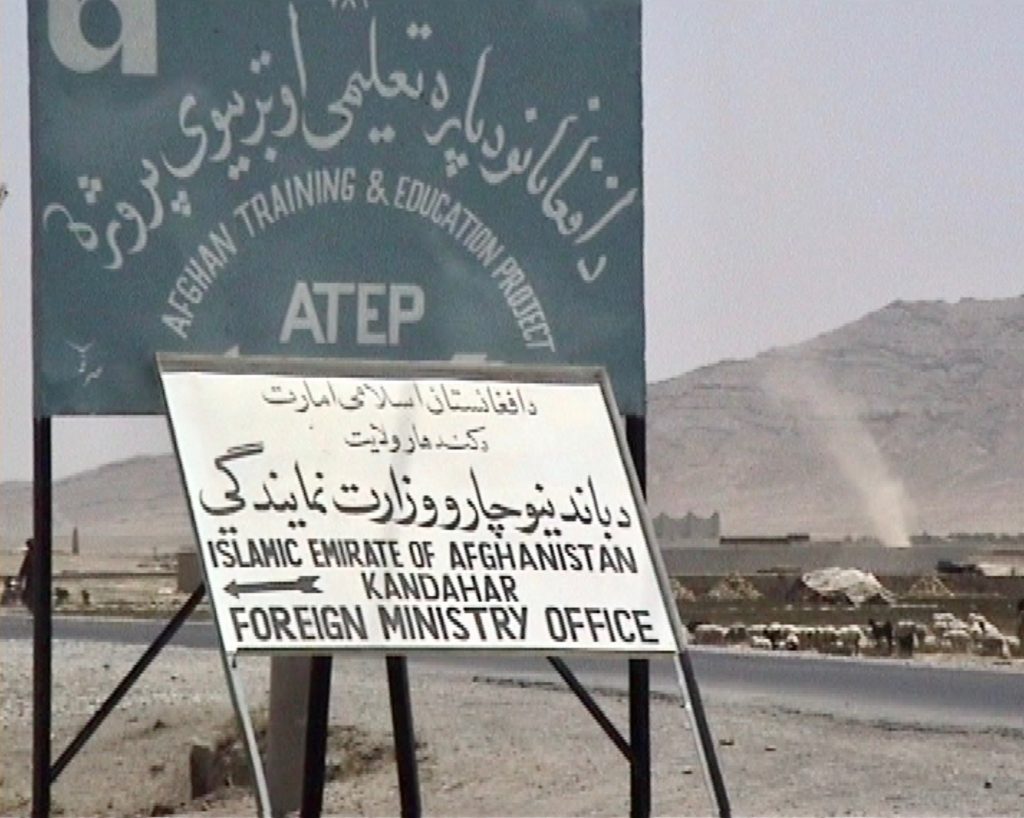
Back in Ghazni, the Taliban commander even invited us for some green tea. Thanks but no thanks. We thanked Allah’s mercy by visiting the tomb of sultan Mahmud in Razah, less than one kilometer from the towers. The tomb is a work of art – translucid marble engraved with Kufic lettering. Islamic Kufic lettering, if observed as pure design, reveals itself as a transposition of the verb, from the audible to the visible. So the conclusion was inevitable; the Taliban had managed to totally ignore the history of their own land, building a military base over two architectural relics and incapable of recognizing even the design of their own Islamic lettering as a form of art.
All pictures taken from The Roving Eye Video Archives. Pepe Escobar, 2000
 Ọmọ Oòduà Naija Gist | News From Nigeria | Entertainment gist Nigeria|Networking|News.. Visit for Nigeria breaking news , Nigerian Movies , Naija music , Jobs In Nigeria , Naija News , Nollywood, Gist and more
Ọmọ Oòduà Naija Gist | News From Nigeria | Entertainment gist Nigeria|Networking|News.. Visit for Nigeria breaking news , Nigerian Movies , Naija music , Jobs In Nigeria , Naija News , Nollywood, Gist and more

